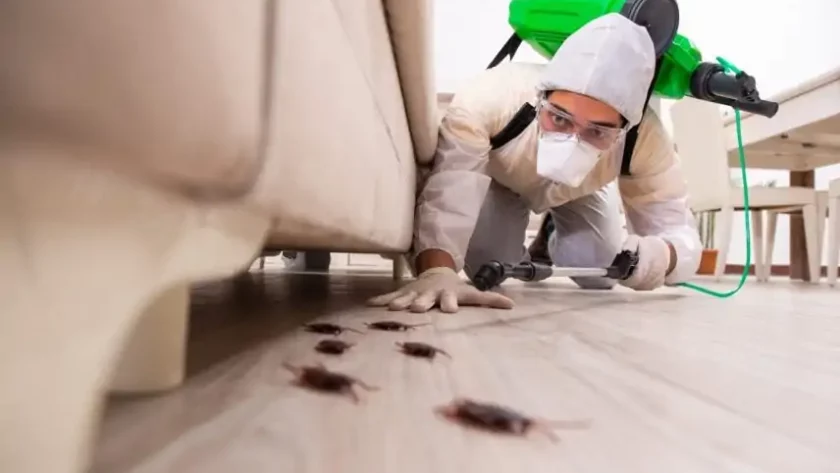Having pests invade your home can be a frustrating and distressing experience. Whether it’s ants in the kitchen, mice in the attic, or cockroaches scurrying across the floor, dealing with common household pests requires prompt and effective action. However, it’s essential to prioritize safety and choose methods that are not only efficient in pest control but also environmentally friendly. In this article, we will explore some safe and effective strategies to control common household pests.
Identify the Pest
The first step in effective pest control is proper identification. Different pests require different control methods. By correctly identifying the pest, you can determine the most appropriate course of action. Look for signs such as droppings, damage to property, or unusual behavior to help identify the pest accurately.
Prevention Is Key
Preventing pests from entering your home is crucial. Seal any cracks or openings in walls, doors, and windows to deny pests easy access. Keep your living space clean and tidy, as clutter provides hiding spots and food sources for pests. Store food in airtight containers and promptly clean up spills to minimize attractants.
Natural Pest Control Methods
Using natural remedies is a safe and eco-friendly way to control pests. For instance, vinegar and water solution can deter ants and cockroaches. Essential oils like peppermint, lemon, and eucalyptus are known to repel various pests. Placing citrus peels or cucumber slices in areas prone to ants can also help keep them away.
Mechanical Traps
Mechanical traps are effective against pests like mice, rats, and small insects. Snap traps, glue traps, and catch-and-release traps can help capture and remove pests from your home. Always follow the manufacturer’s instructions for proper trap placement and disposal.
Biological Controls
Biological controls involve introducing natural predators or parasites to control pest populations. For example, using beneficial nematodes to combat garden pests or introducing ladybugs to control aphids. This method is environmentally friendly and reduces reliance on chemical pesticides.
Chemical-Free Pest Control
If natural remedies and preventive measures are not sufficient, you may consider using chemical-free pest control products. Diatomaceous earth, a naturally occurring sedimentary rock, can be an effective barrier against crawling insects. It is safe for humans and pets but works by damaging the exoskeletons of pests.
Integrated Pest Management (IPM)
Integrated Pest Management is a comprehensive approach to pest control that combines various strategies for long-term effectiveness. It involves identifying the pest, monitoring its population, implementing preventive measures, and using appropriate control methods when necessary. IPM focuses on minimizing pesticide use and promoting sustainable pest management.
For professional pest control services in Malaysia, you can rely on Malaysian Pest Control. They offer safe and effective solutions for a wide range of pest problems.
Conclusion
Safely and effectively controlling common household pests requires a proactive and holistic approach. By identifying the pest, implementing preventive measures, and utilizing natural, chemical-free, or professional control methods when necessary, you can create a pest-free environment for your home. Remember to prioritize safety, choose environmentally friendly solutions, and seek professional assistance when needed.




